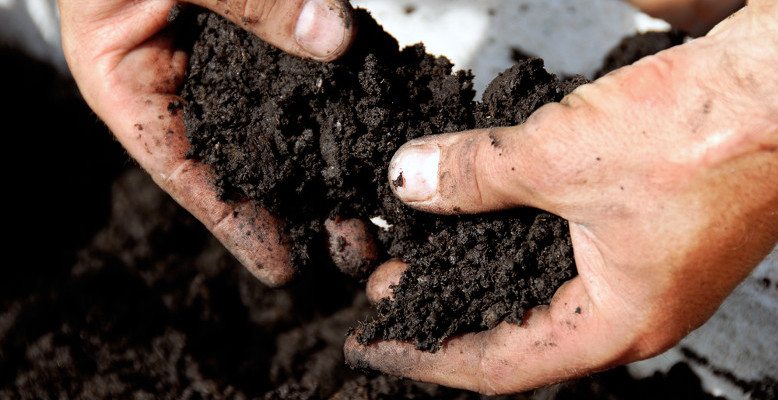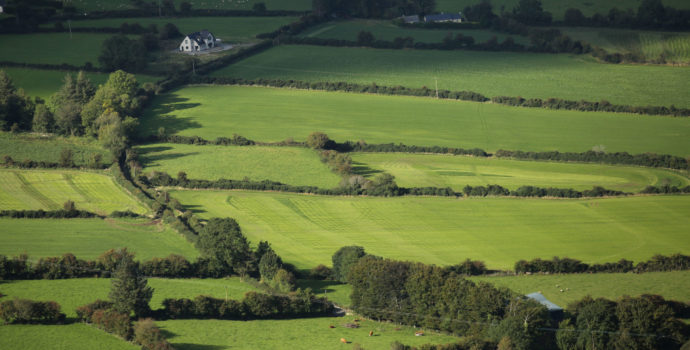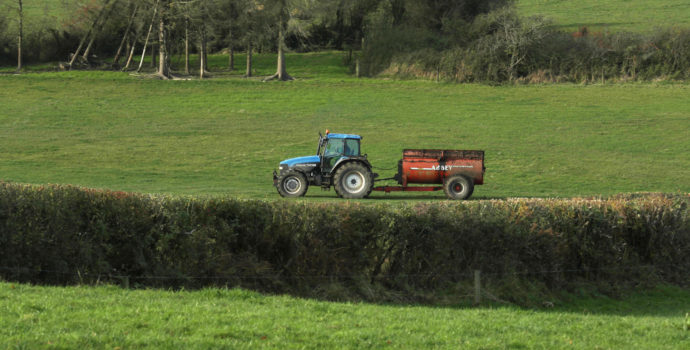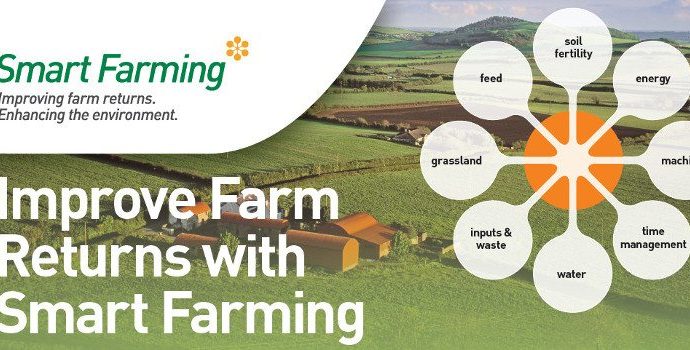Smart Farming Exceeds Cost Saving Target by 43% and Identifies Ways to Reduce Greenhouse Gas Emissions by 9%

To mark UN World Food Day, Smart Farming, the voluntary programme led by IFA in conjunction with the Environmental Protection Agency (EPA), has announced its 2018 results. World Food Day highlights important issues including food security, sustainability and climate change.
The results demonstrate the successful delivery of the Programme’s dual roles of identifying ways to improve farm returns while enhancing the rural environment.
The headline results are as follows:
- Average cost saving on farms of €7,170
- 9% average greenhouse gas emissions reduction
- Soil fertility accounted for 42% of the savings
- Grassland management accounted for 17% of savings
Commenting on the results IFA President Joe Healy said, “This has been a challenging year for farm families right across the country, with a prolonged wet spring and a long dry summer. This challenging weather is a reminder to us all of the fragility of our environment. That’s why IFA is pleased to work with the EPA and experts from Teagasc, UCD, Bord Bia, the SEAI and others to focus on ways to make a positive economic and environmental difference. For me, the single biggest success of Smart Farming is the growing number of famers wanting to participate in this programme, which is making a difference for them, their families and the wider community”.
Laura Burke, EPA Director General added, “A clean environment is the basis of a healthy life for everyone in this country. Smart Farming is an important element in the suite of programmes under the EPA’s National Waste Prevention Programme which focuses on waste prevention and better resource management in Ireland. Through this strategic partnership, the EPA is providing practical leadership to reduce the environmental impact of the farming community and to bring about the transformational change required to transition to a low carbon and resource efficient economy. The supports provided through Smart Farming are shared through peer-to-peer learning and have the potential to be scaled up across the country.”



